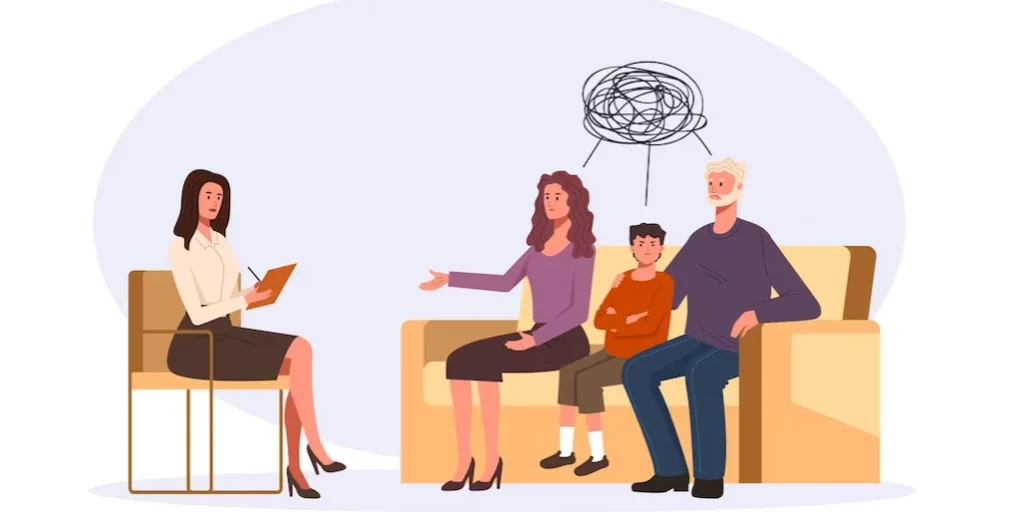24/7 Helpline:
(866) 899-221924/7 Helpline:
(866) 899-2219
Learn more about Cocaine Rehab centers in Village

Other Insurance Options

EmblemHealth

CareSource

CareFirst

Health Partners

Holman Group

Optima

Multiplan

Magellan

PHCS Network

GEHA

Evernorth

BlueShield

UMR

Optum

Meritain

Aetna

Horizon Healthcare Service

Lucent

Group Health Incorporated

American Behavioral














